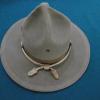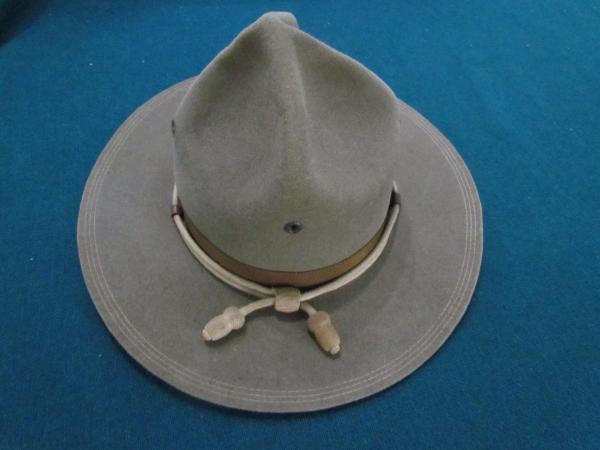The Amana Colonies
| Grade | 9th -12th Grades | Class | U.S. Government | Length of Lesson | 50 minutes |
| Lesson Title | The Amana Colonies |
| Unit Title | |
| Unit Compelling Question | |
| Historical Context: The members of Amana Colonies believed strongly in the pacifist point of view. They stayed out of European affairs before immigrating to the United States and continued after settling in New York and Iowa. Amana men were excused from fighting during the Spanish American and Civil War by paying commutation fees to support Iowan soldiers in their place. The pacifist belief was was viewed negatively by Iowa County residents as Amana men were sent home from Marengo, Iowa, in July of 1917 after being originally chosen for the draft in WWI. In January of 1918, the classification status of Amana residents was changed from 1 to 4, which meant that they were deferred from fighting. Their place would be taken by other Iowa County men. Believing this was an act of disloyalty, angry Marengo residents marched to South Amana in protest, however the mob was stopped one mile outside of South Amana. After WWI, the exemption of Amana residents from being drafted was rescinded. Despite their pacifist beliefs, the colonies supported the troops by donating to the Red Cross, using Liberty Bonds and War Savings Stamps. The Amana Woolen Mill also produced 35,000 blankets for troops. In total, Amana gave approximately $2,000 per resident to the war effort. The military hat, in the collection of the Amana Heritage Society, belonged to Albert Setzer, a member of the Amana Society in Iowa County who served during World War I. Due to his pacifist beliefs, Albert Setzer served in non-combat roles for the United States military. |
|
| Lesson Supporting Question | |
| Lesson Overview | Lecture & Discussion Based -The history of the Amana Colonies and their government.
Where the artifact fits in -Exempt from military service -Government class
|
| Primary Sources Used |
|
| Resources Needed | |
| Standard | |
| Lesson Target | Students will know what "Utopia" means.;Students will know why the Amana Colonies were settled in Iowa.;Students will know why the Amana Colonies were successful for as long as they were. ;Students will know why the Amana Colonies fell. ;Students will know how the Amana Colonies were different than the state government. |
| Lesson Themes | Forms of Government, Political System |
|
| Formative Assessment (How will you use the formative assessments to monitor and inform instruction?) |
Students will complete a written response to illustrate what they would want their "Utopia" to look like. This will be turned in for points and information provided in the lecture will be included on a later exam., Students will listen to others' ideas during small group and class discussions to expand their thinking. They will then put that thinking to work when asked to complete the assessment. They will also be asked to take notes during lecture to reflect back on materials. |
| Summative Assessment (How does the lesson connect to planned summative assessment(s)?) |
Students will be able to understand what the Amana Colonies were, their strengths and weaknesses, and how their government system worked. The students' job is to participate in class discussions and to share their opinions on the idea of the Amana Colonies and the idea of “Utopia”. The target audience is any other student who has not yet learned about the Amana Colonies. This challenges students to expand their thinking about an ideal society and think critically about why the Amana Colonies fell. Students will get creative with how they would want their “Utopia” to be ran. |
| Author | Caylee Bartz | Created | Last Edited | ||||
| Reviewer: Dr. Lisa Millsaps, University of Northern Iowa | |||||||
| Lesson Plan Development Notes: Teaching Methods, University of Northern Iowa, Fall 2018 | |||||||


